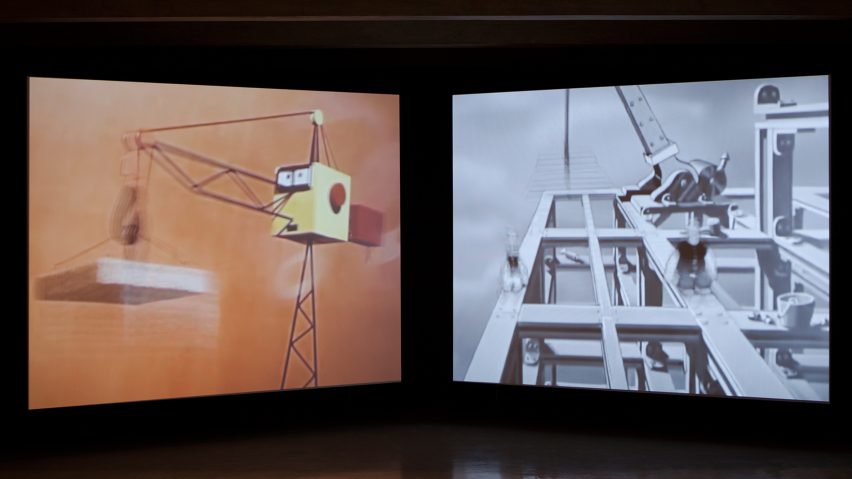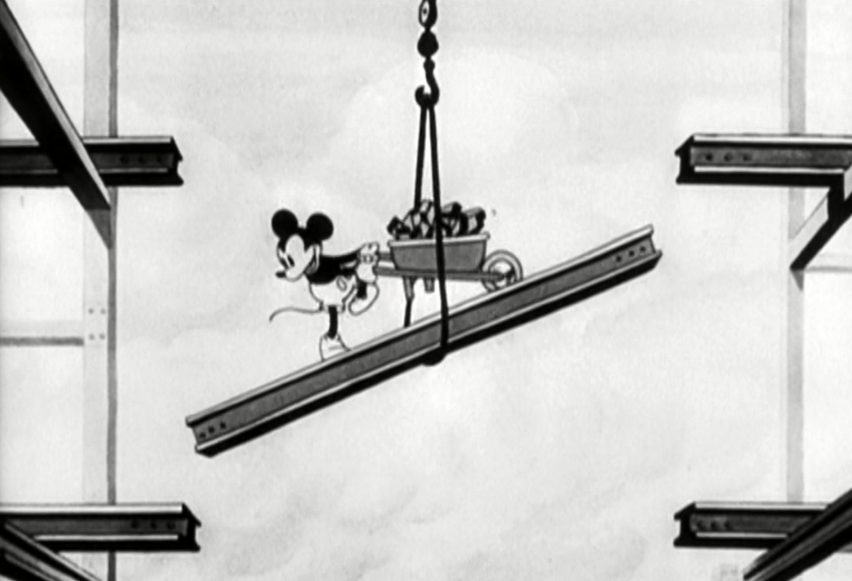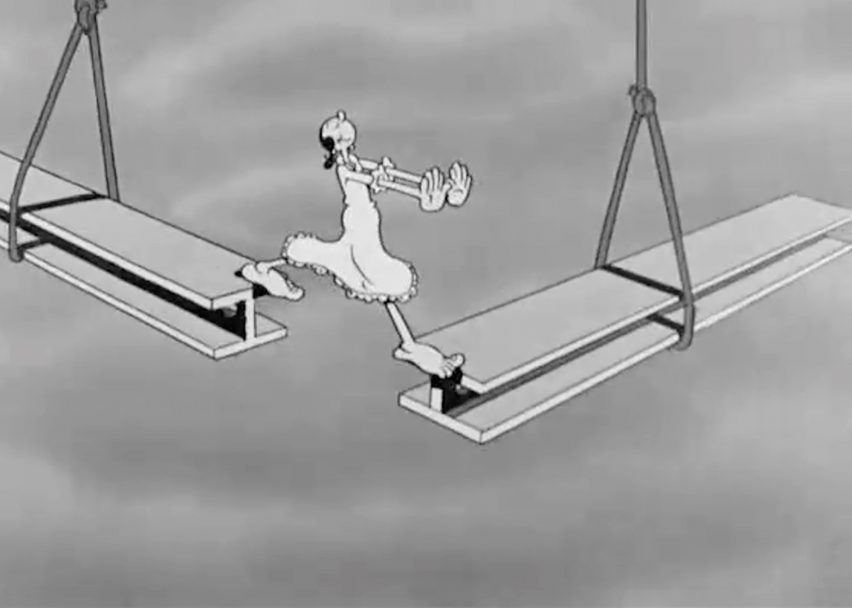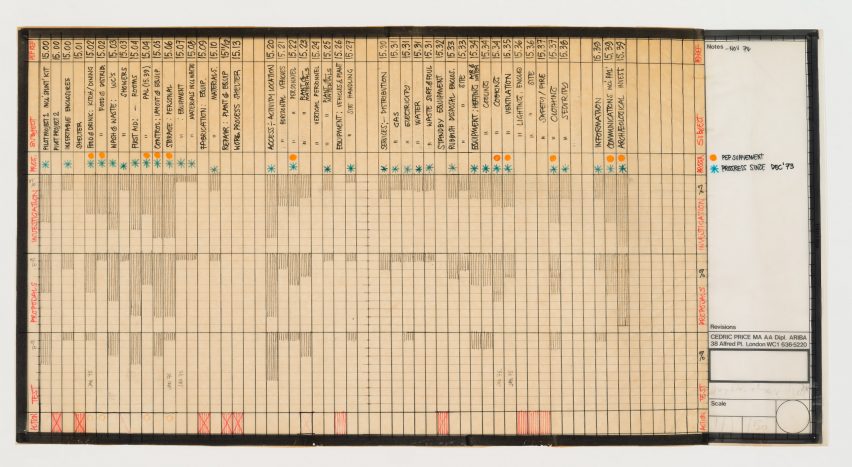
Lisbon Triennale exhibition spotlights advancements at building sites
Cartoon representations of construction sites, a report on labour conditions and pioneering materials feature in an exhibition focusing on the development of the building site at the Lisbon Architecture Triennale.
The exhibition titled Building Site and curated by André Tavares focuses on the often unseen endeavours involved in producing architecture.
The show, which is being held in the galleries of the Gulbenkian Foundation in Lisbon, looks at how factors like technological innovation and economy have affected the construction site – and influence it in turn as architecture.

"We have to escape the idea that the building site is a dirty place," said Tavares during the opening of the exhibition. "It's the place that we need the most architectural reasoning."
"Through various historical examples, this exhibition focuses on the processes that affect architectural forms in the decisive moment of their material construction."
"Enabling reflections on issues that building sites reveal, it addresses the changes in contemporary building sites, the challenges they ace and the impact they have on the practice of architecture," he added.
Building Site is one of three primary exhibitions that are part of this year's Lisbon Architecture Triennale, which is titled The Form of Form. The city-wide architecture festival opened on 5 October and continues until 12 December 2016. Its programme also features a pavilion designed by Johnston Marklee, Nuno Brandão Costa and Office Kersten Geers David Van Severen.

One section of the exhibition explores representations of the building site on film. Two screens simultaneously play cartoons produced in the USA and USSR. On one, characters including Mickey Mouse and Olive Oyl navigate swinging steel I-beams, and on the other, figures are transported on craned concrete slabs.
"The choreographic movements of hanging steel beams in the US and flying concrete panels in the USSR show how construction sites become places where ideology and imagination were combined," said installation creators Pedro Alonso and Hugo Palmarola, "these building components symbolised the technological optimism of industrialisation."

Another part of the show delves into the archives of British architect Cedric Price, focusing particularly on the McAppy report that he produced in the 1970s with the aim of improving working conditions on site.
The conversion of raw materials to building materials is the focus of a further section, in which the pioneering reinforced concrete system developed by French engineer François Hennebique is displayed.

"The historical nature of the exhibition allows for cross-readings on issues that building sites generate, and invites the viewer to reflect on the transformations in contemporary building sites, the challenges they face and the impact they have on the practice of architecture," said Tavares
Tavares co-curated the 2016 Lisbon Architecture Triennale with Diogo Seixas Lopes, who died earlier this year.
Project credits:
Curation: André Tavares
Co-curators: Giovanna Borasi, Hugo Palmarola, Ivo Poças Martins, Jorge Carvalho, Pedro Alonso, Simon Vaillant
Exhibition design: SAMI-arquitectos
Institutional partner: CAP – Cité de l'Architecture & du Patrimoine, CCA – Canadian Centre for Architecture
Co-producer: Calouste Gulbenkian Foundation